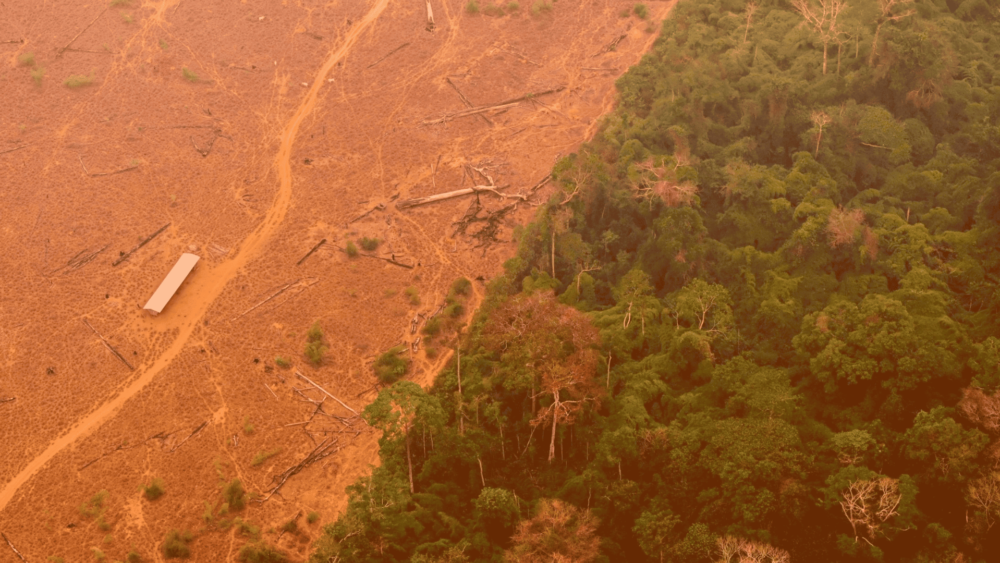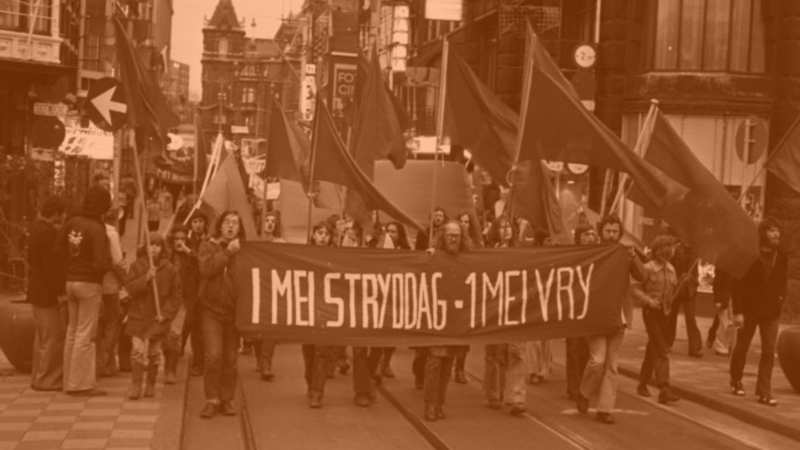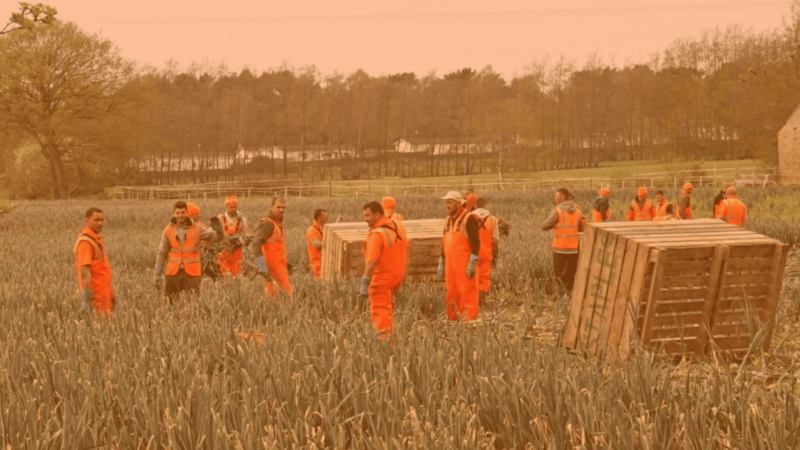The Indonesian government’s plan to clear an area of rainforest the size of Belgium for sugarcane-based bioethanol and food crops has sparked fierce backlash from Indigenous communities and environmental groups. The project, billed as a solution to food insecurity and renewable energy needs, threatens to accelerate deforestation in one of the world’s most biodiverse regions.
As Indonesia prepares to clear 3.2 million hectares of rainforest for bioethanol production, new data reveals a troubling paradox: the plan could release more carbon in 5 years than the bioethanol would save in 50. For policymakers weighing food security against climate commitments, here’s what the evidence shows—and what smarter alternatives exist.
The fatal flaws in current policy
- Carbon math doesn’t add up
- Projected Emissions: Clearing the targeted area would release 2 gigatons of CO₂—equivalent to running 300 coal plants for a year.
- Bioethanol Payback Period: Even under optimistic scenarios, carbon neutrality wouldn’t be achieved before 2075 (Climate Policy Initiative, 2024).
- Food security mirage
- Past Failures: Jokowi-era food estates produced just 34% of projected rice yields (World Bank, 2023) while causing $2.1B in environmental damage.
- Sugarcane Threat: The crop requires 2,500 litres of water per kg—draining watersheds that sustain existing farms.
- Legal time bomb
- Violates Indonesia’s own Constitutional Court Ruling No. 35/2012 on Indigenous land rights.
- Risks EU Deforestation Regulation (EUDR) sanctions on $25B in agricultural exports.
But is there another way? History suggests that Indonesia’s top-down, extraction-driven development model has repeatedly failed both people and ecosystems. Now, activists and scholars are demanding alternatives rooted in democratic land governance, agroecology, and climate justice – principles championed by movements like DiEM25.
A legacy of broken promises: Indonesia’s deforestation timeline
1960s–1990s: The Logging Boom
Under Suharto’s authoritarian regime, forests were treated as an economic free-for-all. Crony-capitalist logging concessions ravaged Sumatra and Kalimantan, driving orangutans and tigers toward extinction while enriching a small elite.
2000s–2010s: The Palm Oil Gold Rush
After Suharto’s fall, decentralisation led to chaos—illegal logging ran rampant, and palm oil giants drained peatlands, causing catastrophic fires. At its peak, Indonesia lost over 2 million hectares of forest annually, surpassing Brazil as the world’s deforestation leader.
2014–2024: Jokowi’s Mixed Record
President Joko Widodo imposed partial moratoriums on palm oil and peatland destruction, slowing deforestation slightly. But his “food estate” program repeated old mistakes: militarised land grabs, failed mega-plantations, and new deforestation hotspots in Papua.
2025: Prabowo’s Bioethanol Gamble
Now, President Prabowo Subianto is doubling down, replacing forests with sugarcane for biofuel—a plan critics call “greenwashing extinction.” Indigenous groups, already facing evictions, warn: “This isn’t development; it’s destruction.”
A DiEM25 blueprint for Indonesia’s future
1. Agroecology: Farms That Work With Nature, Not Against It
The triple-win model
Case Study: Sijunjung District, West Sumatra
System: Rubber + cinnamon + coffee polyculture under native tree canopy.
Results:
- 286% higher long-term profits than monoculture palm oil (ICRAF, 2022).
- Zero deforestation while maintaining 85% of biodiversity.
Policy Levers:
- Redirect fertilizer subsidies to agroforestry training (120/havs.500/ha for sugarcane setup).
- Amend Food Estate Law No. 18/2022 to prioritise diversified systems.
Instead of rasing forests for monocultures, Indonesia could adopt agroforestry—integrating food crops with native trees. In West Sumatra, the Mandar ethnic group already grows cinnamon, coffee, and rice beneath forest canopy, preserving biodiversity while earning steady incomes.
“Why destroy forests to plant sugarcane when smallholders can feed us without burning ecosystems?” asks Andika Putra, an agrarian activist in Jambi.
2. Energy Democracy: Solar Over Sugarcane
Bioethanol from deforested land is a false solution, scientists say. Indonesia has 40% of the world’s geothermal potential and vast solar/wind resources—yet invests just 3% of its energy budget in renewables.
Untapped Potential:
- Geothermal: Could meet 40% of national demand (vs. current 5%).
- Solar: Just 0.3% of viable rooftops utilised (IESR, 2024).
“A just transition means solar panels on rooftops, not sugarcane on stolen land,” argues Dewi Sartika of the Indonesian Renewable Energy Society.
Cost-benefit breakdown
| Policy Option | 10-Year GDP Impact | Emissions Reduction | Job Creation |
| Current Bioethanol Plan | +$12B | -0.5 Gt CO₂e* | 480,000 |
| Agroforestry Transition | +$18B | +3.2 Gt CO₂e | 1.2M |
| Renewable Energy Push | +$29B | +4.1 Gt CO₂e | 2.7M |
*Net emissions when accounting for forest loss
- Land Back: Indigenous rights as climate policy
Immediate actions
- Halt the sugarcane project pending independent climate and human rights reviews.
- Redirect subsidies from agro-industry to smallholder agroecology and solar/wind cooperatives.
- Recognise Indigenous land titles—no more “food estates” on stolen territory.
- Enforce Constitutional Court ruling by formalising 8.2M hectares of Indigenous land claims.
- Establish Land Bank (Bank Tanah) to mediate conflicts:
- 30% of disputed estate lands could be swapped for degraded areas.
- Adopt Brazilian-style deforestation alerts:
- Real-time satellite monitoring reduced Amazon clearing by 74% in 2023.
Globally, Indigenous-managed forests store twice the carbon of industrial plantations. Indonesia’s 2013 Constitutional Court recognised Indigenous land rights—but the government still ignores 8.2 million hectares of customary forests.
“We protect these trees for free, while corporations get paid to destroy them,” says Siti Maimunah, a Dayak leader in Central Kalimantan.
The path forward
The choice is stark: repeat history’s mistakes or forge a new path.
Indonesia can either become the world’s next clean energy leader—or repeat the mistakes that made it the deforestation capital of the 2000s. The tools for transformation exist; what’s needed is political courage to wield them.
“This isn’t just about saving trees,” says climate researcher Avi Mahaningtyas. “It’s about saving Indonesia’s future.”
Want to act?
- Support WALHI (Indonesian Forum for Environment).
- Demand EU-style deforestation-free trade laws.
- Push for debt-for-nature swaps to fund forest protection.
Final word
Indonesia’s forests don’t have to die for its economy to live. The solutions exist—but only if democracy, not corporate greed, guides them.
Do you want to be informed of DiEM25's actions? Sign up here















